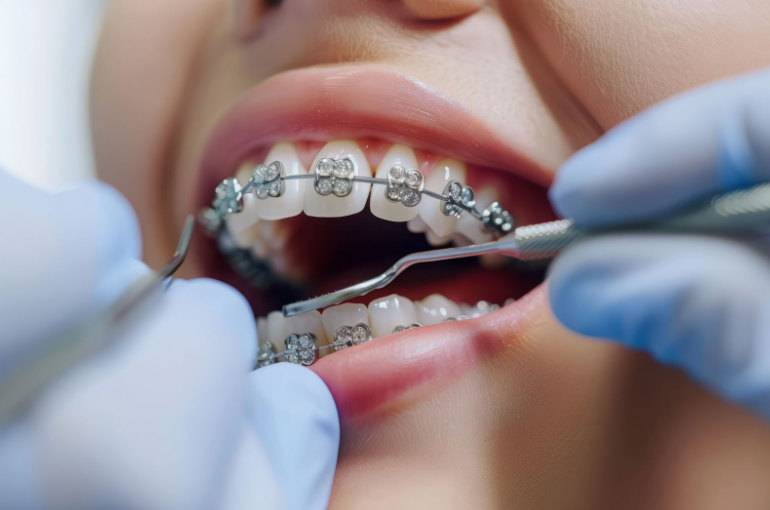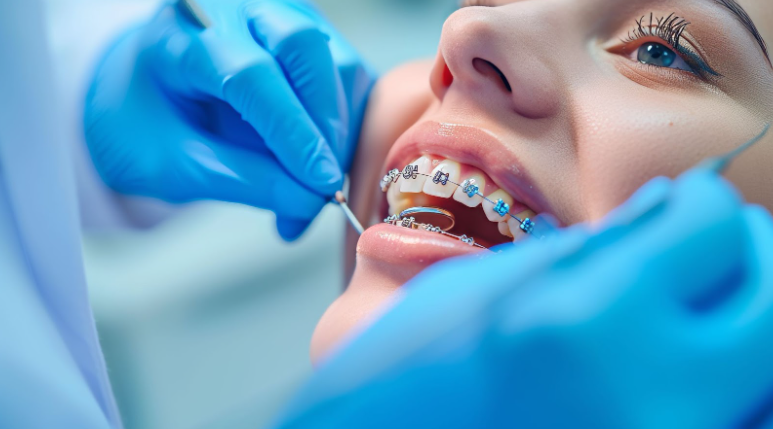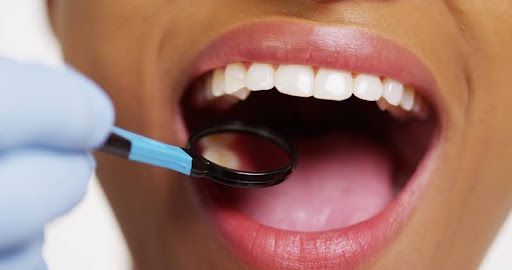Restoring Smiles Through Orthodontic Care for Individuals with Congenitally Missing Teeth
Despite the incredible diversity of smiles worldwide, most people can expect to have 32 teeth once they reach adulthood. However, some individuals may find themselves with fewer teeth due to a condition known as congenital tooth agenesis or hypodontia, leading to significant aesthetic and functional challenges. But there is hope. Through modern orthodontic care, we can help restore those smiles, enhancing not only appearance but also self-esteem and overall dental health.
Understanding Congenitally Missing Teeth
Before delving into the ways orthodontic care can assist those with congenitally missing teeth, it’s important to understand the condition itself. Congenital tooth agenesis is a genetic condition that causes some teeth to never develop. The most commonly missing teeth are the wisdom teeth, followed by the second premolars and the upper lateral incisors.
The absence of teeth can cause functional problems, such as difficulties in chewing and speaking. It can also lead to aesthetic concerns, potentially causing emotional distress, lower self-esteem, and reduced quality of life. Additionally, other teeth may shift into the empty spaces, causing misalignment and bite problems.
Orthodontic Care for Congenitally Missing Teeth
Orthodontics is a branch of dentistry specializing in the correction of irregularities of the teeth and jaws, including the treatment of congenitally missing teeth. The approach varies depending on the patient’s age, the number of missing teeth, their location, and the patient’s personal goals and concerns.
There are two primary strategies for managing congenitally missing teeth: space closure or space opening. Space closure involves moving the remaining teeth to fill the gap, while space opening leaves room for a dental prosthesis, such as a bridge or implant.
Space Closure
Space closure often involves braces or clear aligners to gradually shift teeth into the correct position, filling the gap left by the missing tooth. This option is typically best for younger patients, who have more malleable jawbones and whose teeth are still shifting naturally.
Orthodontic treatment also ensures the teeth move uniformly, avoiding uneven gaps and crooked teeth. It can also correct any pre-existing bite problems that could be exacerbated by the missing tooth.
Space Opening
In contrast, space opening is generally more suitable for adult patients or situations where multiple teeth are missing. This approach involves using orthodontics to create or maintain enough space for the placement of dental prosthetics.
Dental implants are a common choice and provide a long-lasting, functional, and aesthetically pleasing replacement for the missing tooth. Bridges or removable partial dentures are other options that may be more suitable, depending on the patient’s unique situation.
Orthodontics and Comprehensive Care
Orthodontic treatment for congenitally missing teeth should be part of a comprehensive care plan. Orthodontists collaborate with oral surgeons, prosthodontists, and general dentists to provide the most effective treatment for each patient. The ultimate goal is to not only restore a natural-looking smile but also to ensure the overall health and functionality of the mouth.
Living with congenitally missing teeth can pose aesthetic, functional, and emotional challenges. However, modern orthodontics offers effective solutions that can restore smiles and boost self-esteem. It’s never too early or too late to seek orthodontic care and start the journey towards a healthier, happier smile. It’s more than just straightening teeth; it’s about transforming lives one smile at a time.
Are you looking to make an appointment with a trustworthy and experienced orthodontist? You can request an appointment with McAllister Ortho today!











